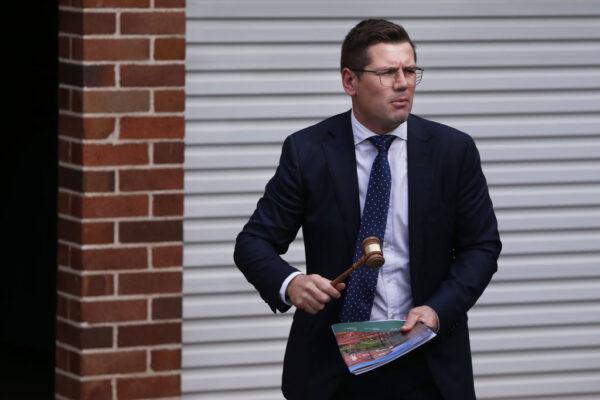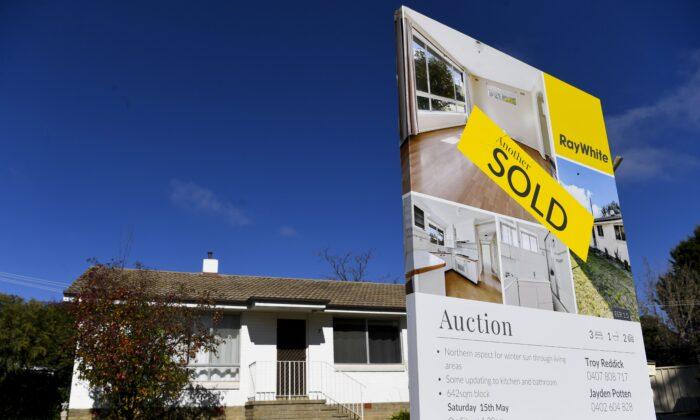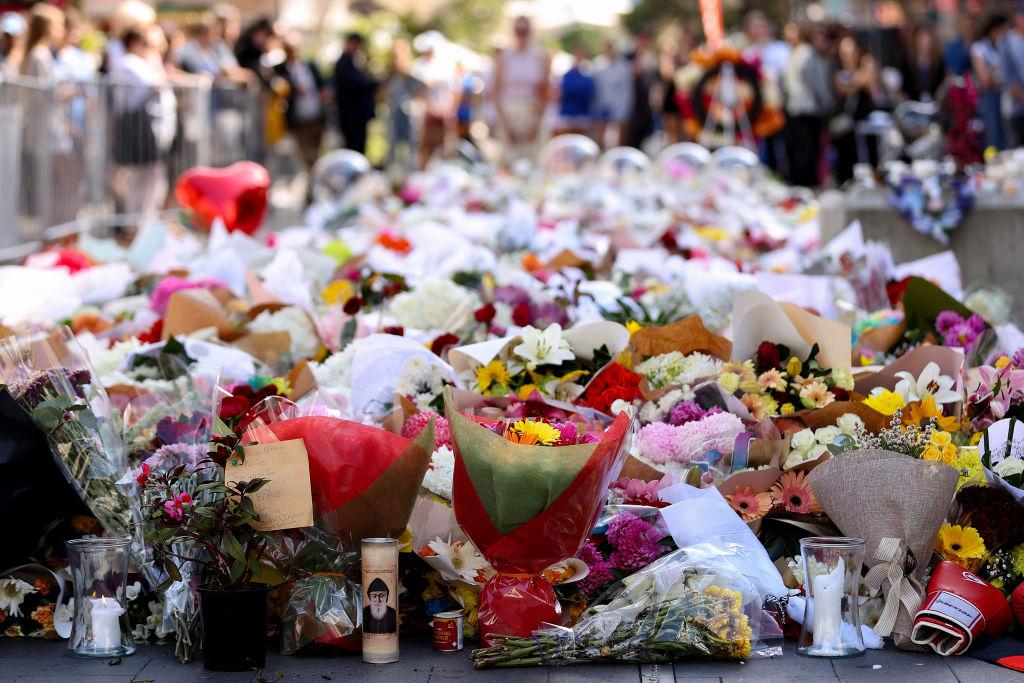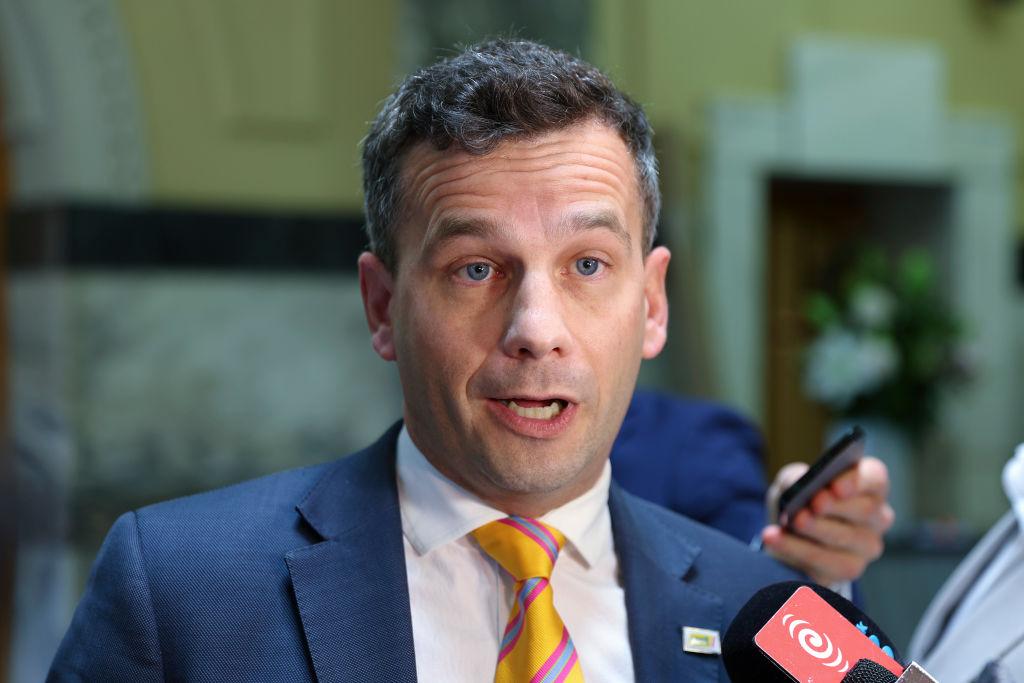The Commonwealth Bank of Australia (CBA) expects house prices to fall by around 10 percent in 2023 after the official interest rate lifts.
Gareth Aird, the head of Australian economics at CBA said a further tightening of macro-prudential policy looks unlikely, and the housing market will see moderate growth over the first half of 2022.
But CBA is expecting the Reserve Bank of Australia (RBA) to begin lifting the cash rate in November 2022, when house prices are expected to peak.
“From there we expect prices to continue to rise through the first half of 2022, but at a more modest pace. We look for prices to peak in late-2022 around 7 percent higher than end-2021 levels. We then expect an orderly correction indwelling prices of 10 percent in 2023,” he said.
The forecasts are based on the assumption that the RBA will lift the cash rate to 1.25 percent by the September quarter of 2023.
“The extent to which prices correct lower will depend in large part on the speed and magnitude to which the RBA lifts the cash rate,” Aird said. “On that score we expect a shallow and gradual tightening cycle given the elevated level of household indebtedness.”
The big four banks have also all hiked their fixed mortgage rates, a move that Aird believes would lower the possibility for the APRA to implement further restrictions.

Australia’s housing market began surging when the RBA lowered the cash rate to 0.1 percent in November 2020. At the same time, the federal government was also providing a wide range of financial assistance schemes for first-home buyers and housing construction and renovations.
“This puts housing values around 28.2 percent higher than the estimated value of superannuation, the ASX (Australian Security Exchange), and commercial real estate combined,” CoreLogic head of research Eliza Owen said.
Over the last 20 years, wages have increased by 81.7 percent while home values have grown by 193 percent, according to CoreLogic.






Friends Read Free